There is no doubt that climate change is shaping our history. Each and every one of us must take action to lighten the load on our planet. For an individual company, however, finding ways to make a real difference may seem challenging.
Everything we need to heat and cool our properties and/or processes can be found in the ground directly beneath our feet. It’s called thermal energy; heat from the sun stored in bedrock which we are able to use. The best thing about it is that it’s renewable, carbon-free, and natural.
Solar energy is stored in bedrock in the form of thermal energy.
Thermal energy can be harnessed by using a ground source heat pump to make use of the meagre heat stored in bedrock and augmenting it with compressors and heat exchangers.
A ground source heat pump works according to the same principles governing fridges. The goal is to move heat from the pump cabinet to the indoor air. The heat pump transfers heat from the bedrock to the building’s waterborne heating system.
To extract thermal energy, a hole is bored into the bedrock into which fluid-filled collector coils are sunk, which then convey the heat to the heat pump. This fluid maintains a temperature around 0 °C in the spring and rises to, at most, around 6 °C in the autumn.
This means it is cool all year round, which is used for free cooling. In addition to being conveyed to the heat pump, the collector fluid can also be sent to a cooling system. Generating cooling from the bedrock in the summer increases the temperature of the bedrock, which enables greater efficiency of the ground source heat pump during the winter heating period.
Production at Garantell largely involves spot welding, a type of resistance welding used to weld sheet metal and wires. Two electrodes, usually copper, clamp the sheets and wires and forces a current through them. As a result, the material melts and forms a weld at a ‘spot’. This process generates a lot of excess heat in electrodes, current conductors and transformers. And this heat must therefore be dissipated.
The heat is dissipated via fluid conduits in the welding equipment through which the coolant circulates. This fluid is then conveyed through a 1.2 km long pipe (12 x 200 m boreholes) in the bedrock. In addition to cooling the welding equipment, the production facilities are also cooled during the summer by means of a cooling coil in the ventilation system. This cooling is also generated from the bedrock. The only energy supplied is the electricity in the circulator pumps which pump the coolant around.
Previously, cooling systems with very high energy consumption were used.
In the winter, the production facilities and large sections of the warehouse are heated by large heat pumps that are also connected to the same bedrock, but here we make use of the heat instead: the stored solar energy and the stored energy from the coolant. The heat pumps provide about four times more energy than the energy we produce with electricity, so this has been very beneficial in terms of our environmental efforts.
The electricity we buy is 100% renewable (hydropower and wind power).
This is a way for us to make a difference, to lighten the load on our planet. The most eco-friendly electricity is electricity that has never been produced. Saving electricity is an important environmental measure, and it’s all about getting the most use out of as little valuable electricity as possible.

Light has always had a special place in Sweden. Even in the darkest of winter, as I walk through the city streets there are lights in every window from candles, lamps, and Christmas decorations illuminating the snow clad buildings. It makes me realise how much people actually miss sunshine and long summer nights. The longing for light in Sweden culminates around one of the shortest days of the year- December 13, called “Luciadagen”.
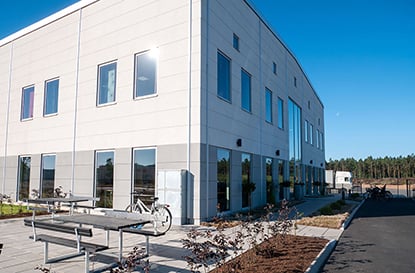
In a company where growth is in constant focus, it is easy to end up in a situation where you constantly ‘just have your head above water’. You know the feeling? The focus is on machines and productivity. You forget things like employee well-being, work environment and tidiness. We are trying to change that! We believe that everything is connected. Order, quality, employee well-being is in line with customer satisfaction. How do we work with this? On many levels actually, but this time I thought I would tell you about our work with property, work environment and the group that has been working with this. Here are some tips to make the workplace more pleasant, based on our experience. Maybe you can get inspired by it!

Remember the moment when the clock struck twelve and you made all these New Year’s resolutions? Eating healthier, moving more? It has been more than seven months now. How is it going? Surveys show that less than 50% of the people are able to keep their promises for more than a couple of months. But do not feel unsuccessful, it is never too late to start a new habit. My tip is not to promise, set goals instead. Then you can have intermediate goals, rewarding yourself. If you miss an intermediate goal, well it is not a disaster, you have a new chance for the next intermediate goal. This feels much better than breaking a promise.
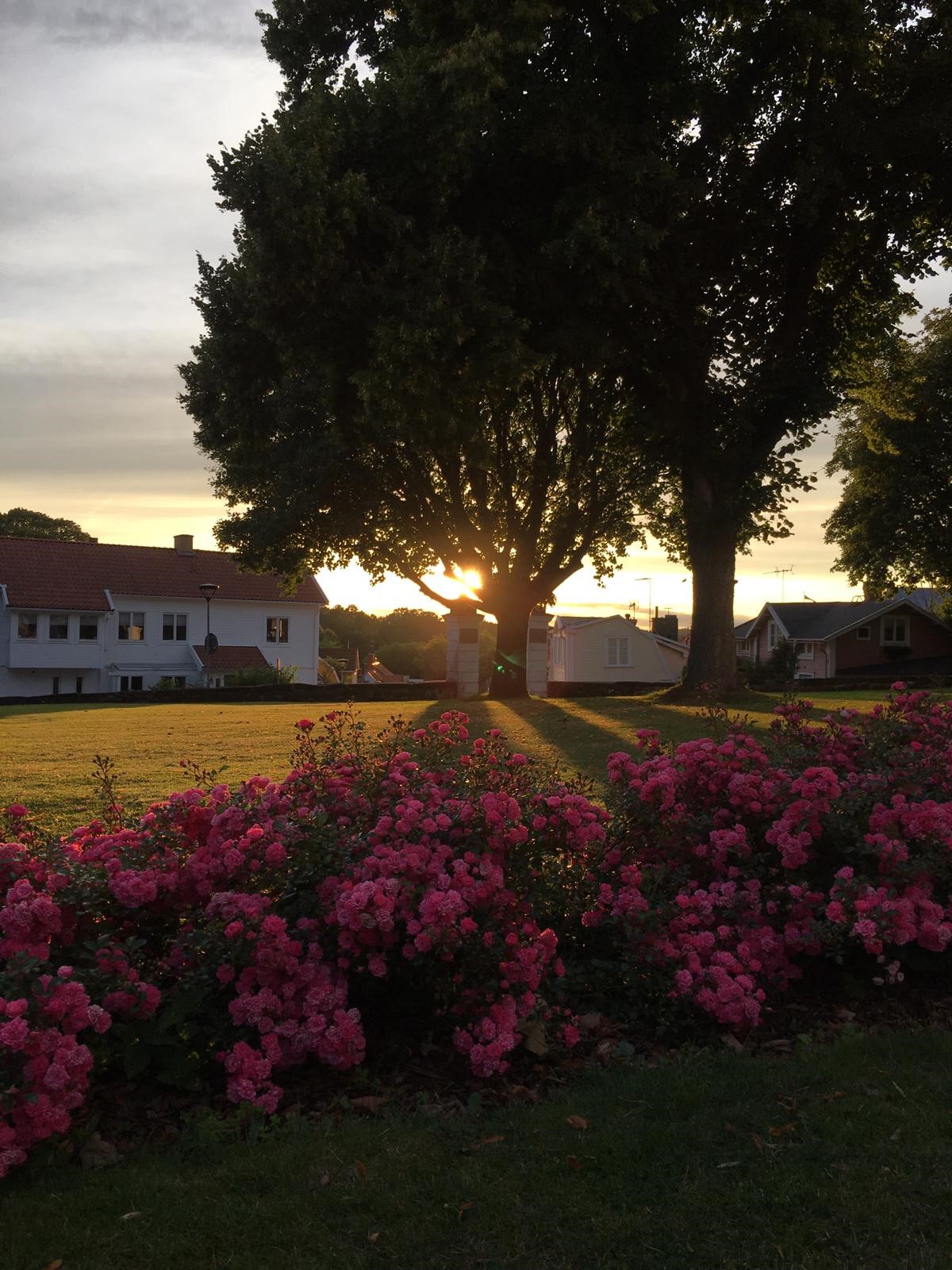

Have you ever wondered how it is to work in a self-leading team? Does it sound like a dream? Or are you rather sceptical? At Garantell, we are trying to work like this. In all transparency, it is a bumpy road. And this might sound corny, but we are growing every day. I want to share some lessons learned. I think that setting shared goals, growing together, and maintaining a good working environment helps us on the way.

It went so fast. One cannot completely grasp it, but we have a spring feeling in our cold country. We went from -18 to +8°C in one week, so we really did not have the time to let it sink in. The snow melted at a furious pace and most of us removed skates and skis to make room for bicycles and boats…
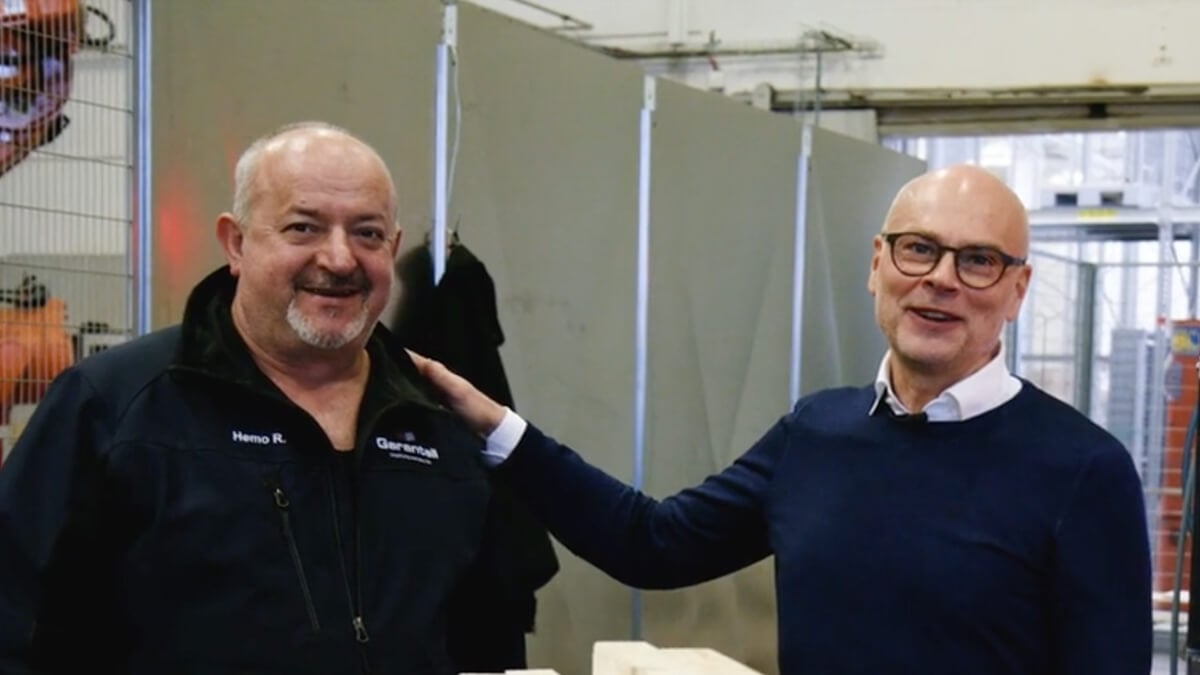
Digitalization is important to Garantell. From our customers drawing mesh decks, machine guards, rear mesh in the Garantellator online to producing it, everything is automatic. But digitalization is only a tool. Our self-leading teams are at the heart of our company. How those two go together explains our chairman Mikael Axelsson. This time around he has not written a blog, but we made a vlog. Watch it here:
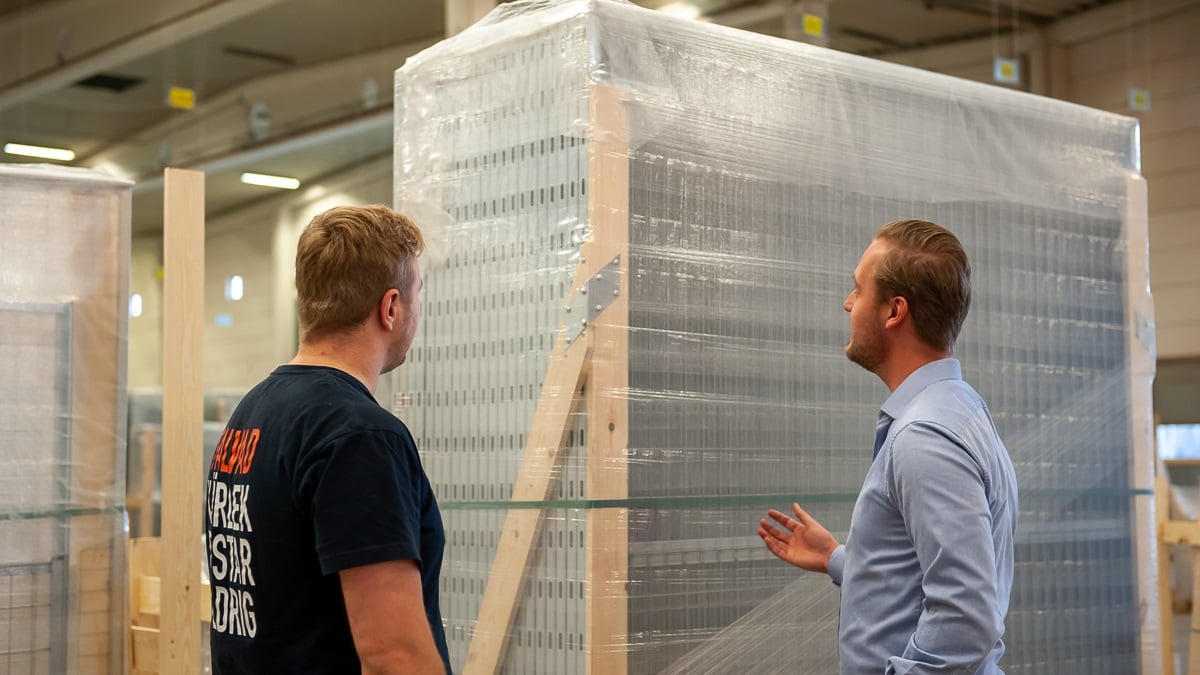
In today’s world, it is important to keep on your toes and be well-prepared for whatever the day has in store. This is so much easier to achieve when you have employees around you with different experience and knowledge. Perhaps you have read the previous blog posts “Different Nationalities, Shared Strength” and “Shared Breakfast, Nourishment for the Soul”, written by a couple of my colleagues. They give the impression that we are like a bag of mixed sweets – a great many people from different countries and different departments. And that really is true. Garantell has all functions and departments under one roof, from Production to Sales, from Development to Painting.

Time is one of the few things in life that is truly equal – no one can complain or insist that the quota is unfair. Although, the 24 hours a day we all have at our disposal can be utilised or wasted in various ways. However, only the things we manage to accomplish endure over time.

This year, many traditions have had to take a back seat. Due to the spread of the coronavirus, there are restrictions regarding the maximum number of people permitted to gather in one place, and festive events have had to adapt. This has affected the ability to hold everything from weddings to funerals in the usual way. Online funerals have become common in Sweden, while holidays such as Midsummer, crayfish parties or birthdays have been celebrated within the immediate family instead of as is usually the case with the extended family and friends. Christmas, which is considered the major holiday period in much of Europe, is now on the horizon. That too will be different for many people this year, as older relatives are unable to participate in the festivities in the same way as usual.
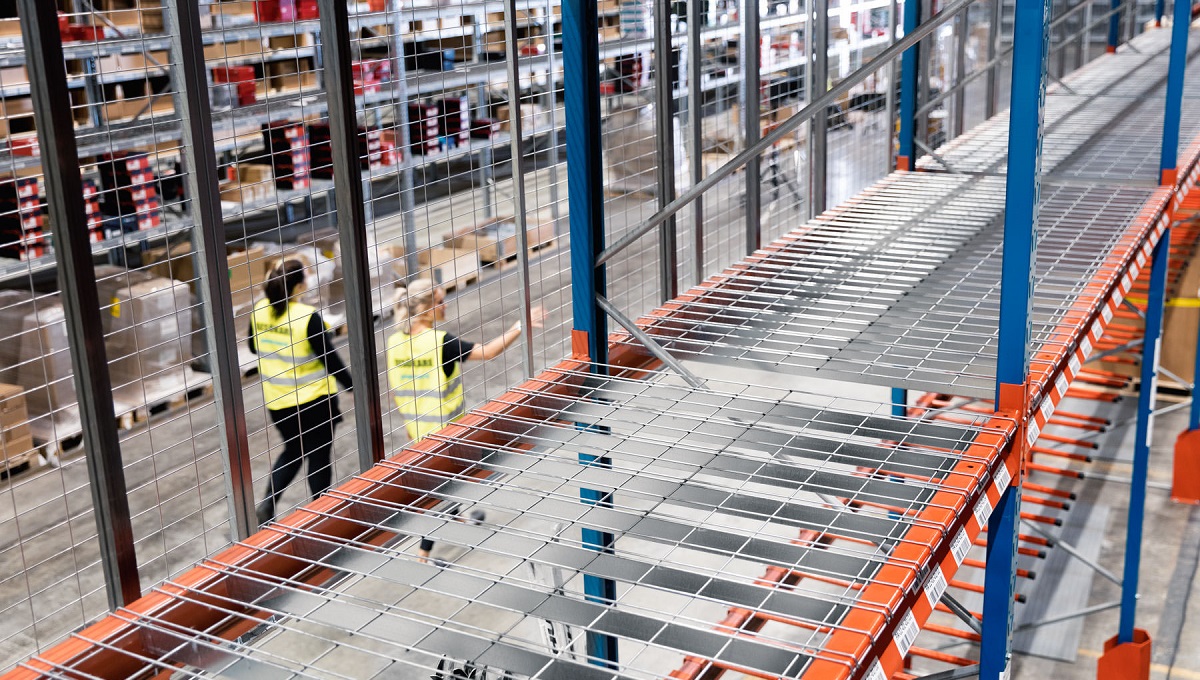
Can we lower the height of the safety mesh here? Can we add hinges and angle the mesh here? Can we increase the clearance as there are conveyor systems that go in and out of the machine here? Can we create a fitting for this type of switch? Yes, of course we can! There’s always some kind of obstacle when creating a safety layout. This can be anything from an uneven floor to the fact that there are already several structures, such as beams, blocking the locations of the safety mesh.
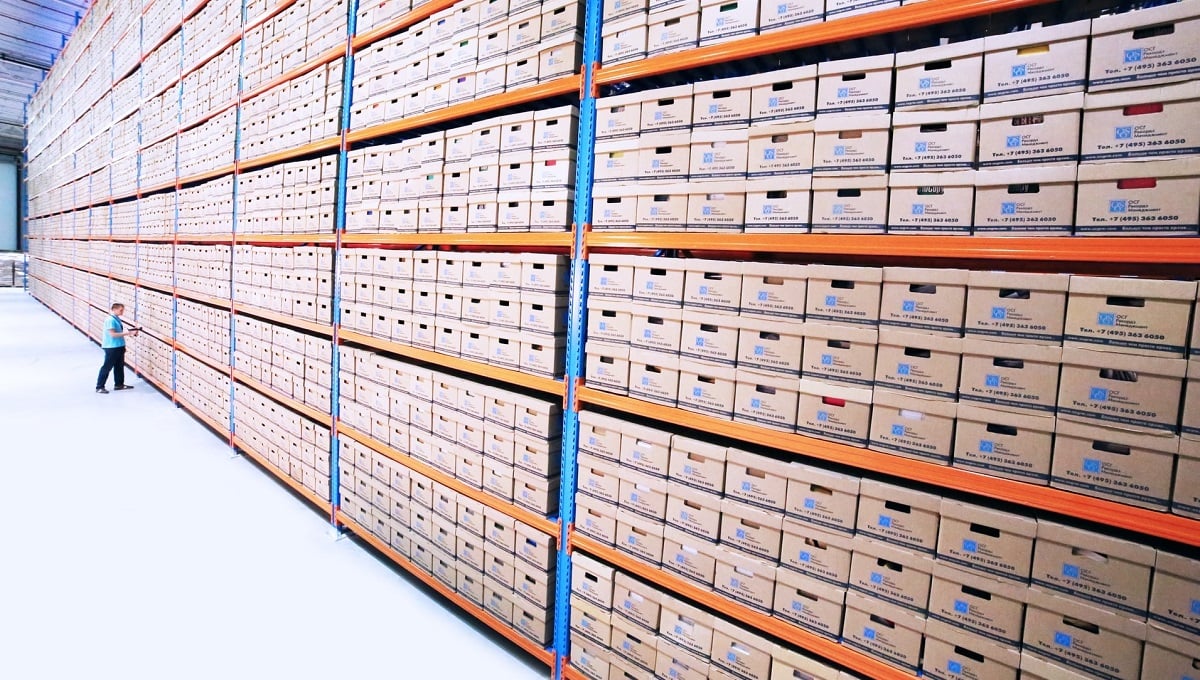
Among the most frequently asked questions I get from my customers are: “What is the difference between a point load and uniformly distributed load (UDL)? And why does it matter?” Distributors are struggling with this question, as their end customer is claiming that the competition is offering standard mesh decks which, as long as they are heavy enough, will hold the point load …
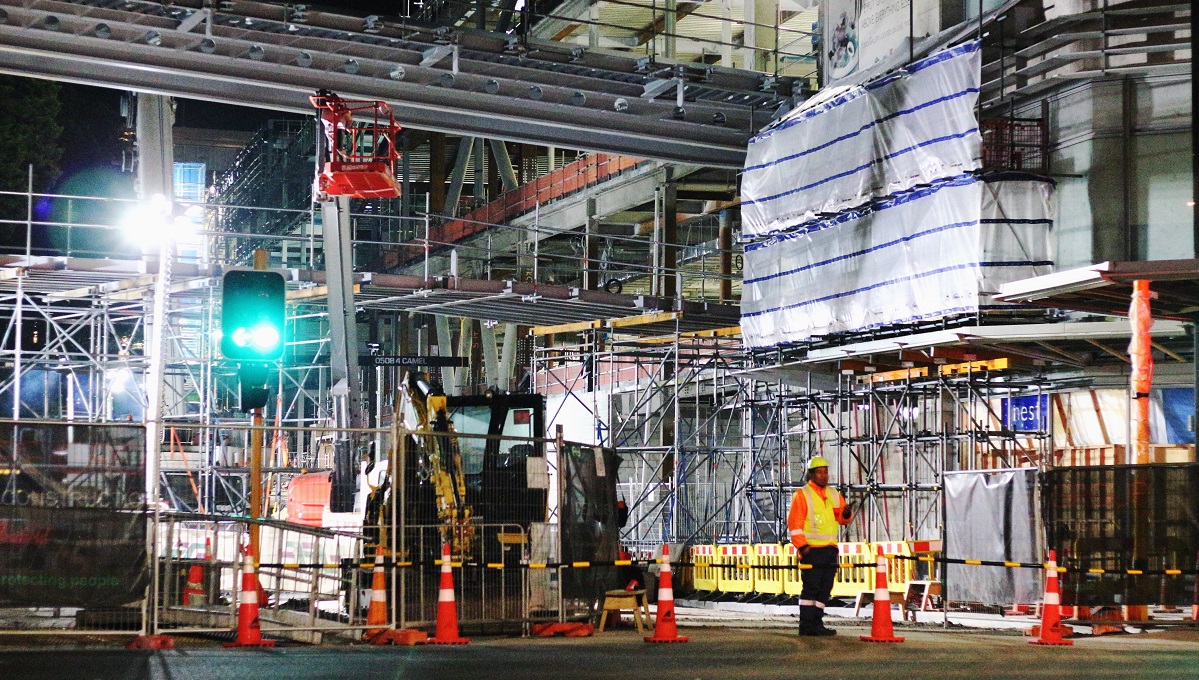
How many risks are there in the workplace and does a totally safe workplace actually exist? Is it enough to have warning tape on forklifts, should there be specific lines on the floor indicating where forklifts may drive, or should ceiling lights be illuminated to ensure safety?